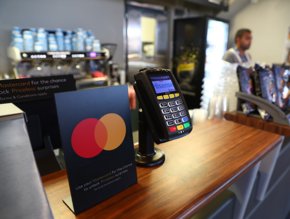How will marketing change as mobile approaches "first screen status?"

It may not be there yet, but mobile is well on its way to achieving first screen status.
This year the quantity of searches on a mobile device are set to surpass that by desktop. Furthermore, Google has announced that it will begin penalizing company websites if they’re not optimized for mobile technology, according to Click Z.
Related Story: How Mobile Money is Changing the World
Click Z also reports that, according to comScore, out of all the time consumers spend in online retail, two-thirds of it happens on a mobile device. Marketing departments have a daunting challenge before them: If consumers are spending increasingly more time in all-app environments, how can marketers find them to create a conversion?
Click Z proposes “continuous optimization.” This approach relies on analytics to monitor every touch point a brand makes with a customer. It is based on the strategy, articulated by James McCormick of Forrester Research as “learning from each moment the customer digitally engages with us, to improve the next.” According to Forrester, brands need to practice the following to integrate “continuous optimization.”
Related Story: Ten top predictions of mobile device trends in 2014
Use multiple techniques to test, learn and target: It’s important to have segmentation strategies across multiple channels.
Leverage optimization techniques in all digital interactive channels: Currently, companies are excessively focused on the web. They need to start channeling more energy towards mobile.
Optimize the experience of customers at every point of the customer life cycle: This cycle has anywhere from five to ten stages, depending on who you ask. Settle on the model that makes most sense to you and set up mobile moments for the customer at each stage.
Related Story: Americans Rate the Best and Worst U.S. Mobile Banking Apps






